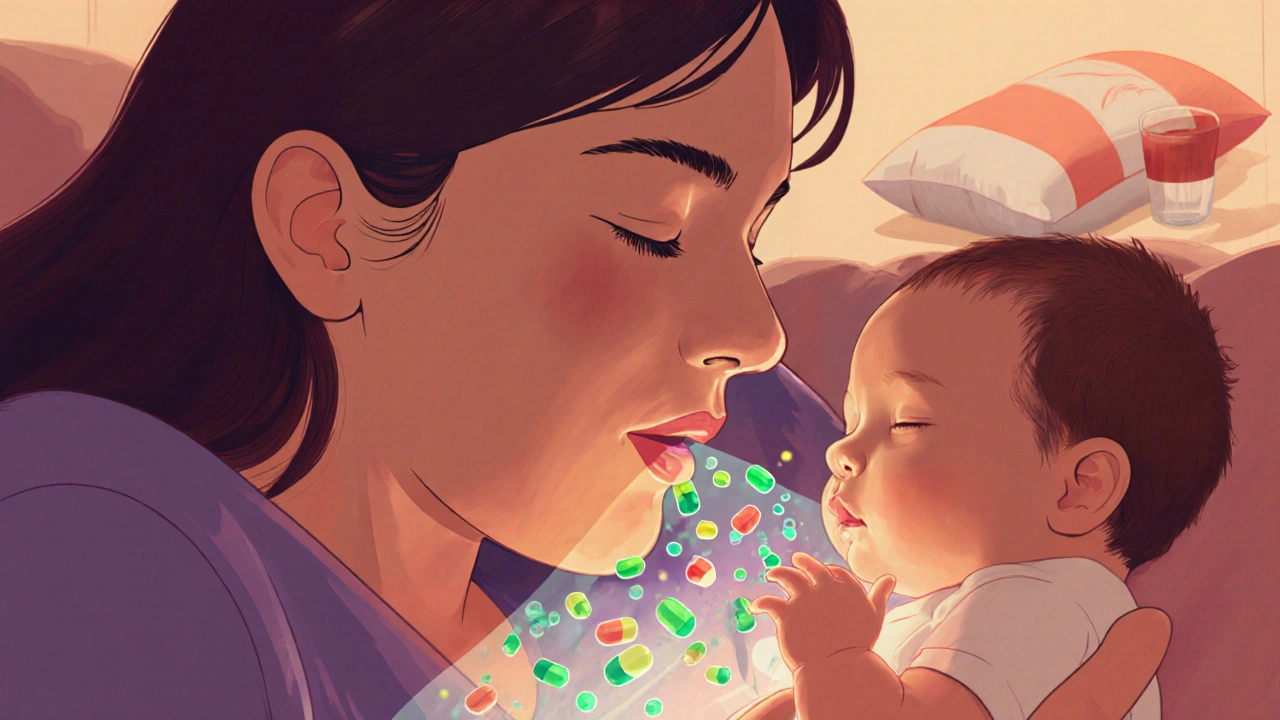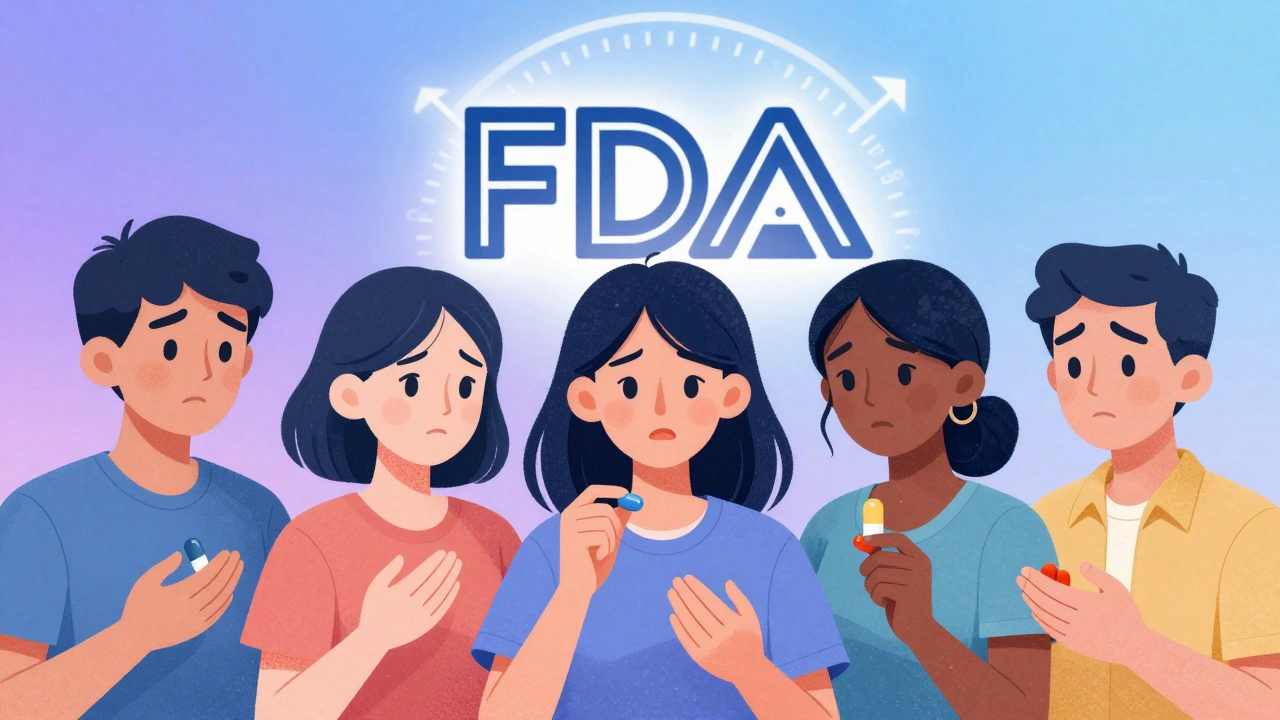Drug Transfer to Breast Milk: What You Need to Know
When a mother takes a medication, it doesn’t just stay in her body—some of it can pass into breast milk, the liquid produced by the mammary glands to feed infants. This process, called drug transfer to breast milk, happens because many drugs are small, fat-soluble molecules that move easily from blood into milk. It’s not always dangerous, but knowing how much gets through, how it affects the baby, and which drugs are safest is key to making smart choices. About 1% to 2% of a mother’s dose typically ends up in breast milk, but that number varies wildly depending on the drug’s chemistry, when it’s taken, and the baby’s age and health.
Not all drugs behave the same. Some, like loratadine and ibuprofen, barely show up in milk and are considered low-risk. Others, like certain antidepressants or chemotherapy drugs, can build up and need close monitoring. Factors like the baby’s liver maturity, how often the mother takes the drug, and whether she’s nursing right after dosing all play a role. For example, taking a pill right after feeding gives the baby’s body more time to clear the drug before the next meal. Timing matters.
What’s surprising is how many common meds are safer than people think. You don’t always need to stop breastfeeding to take needed treatment. Doctors often adjust the type, dose, or schedule to minimize exposure. If you’re on a long-term drug like azathioprine or varenicline, there’s data to guide you—research shows many mothers continue breastfeeding safely with proper oversight. The real risk isn’t the drug itself, but the fear that stops moms from getting help.
Some conditions, like depression or high blood pressure, need ongoing treatment—and stopping meds can be more harmful than continuing them. That’s why it’s critical to talk to a provider who understands lactation pharmacology, not just a generalist. The goal isn’t to avoid all drugs, but to pick the ones that give you the most benefit with the least risk to your baby.
You’ll find real-world comparisons below—like how drug transfer to breast milk differs between common painkillers, antihistamines, and antidepressants. These posts break down what’s actually known, not just what’s assumed. Whether you’re nursing a newborn or a toddler, whether you’re managing a chronic condition or just took a one-time pill, this collection gives you the facts to act confidently, not fearfully.






